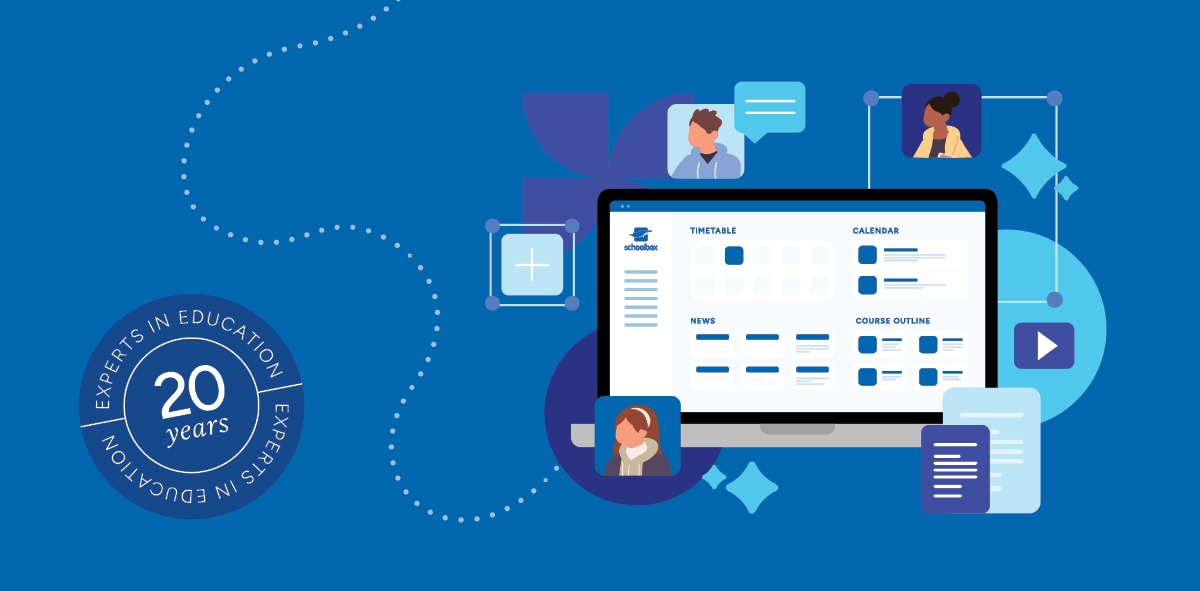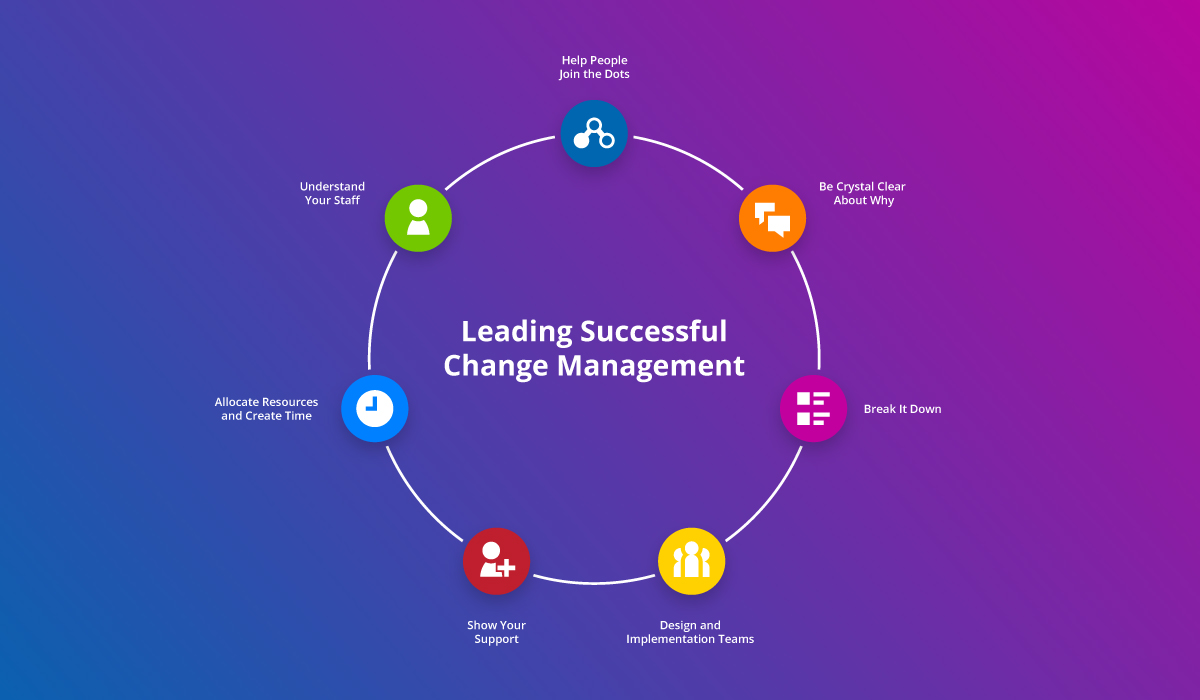Student-centred learning is not just a passing trend in education. Swiss clinical psychologist, Jean Piaget, championed this theory of education in the 1930s, acknowledging the student voice as central to the learning experience.
Student-centred learning, also known as learner-centred education, encompasses methods of teaching that shift the focus of instruction from teacher to student.
As Piaget discovered, every experience and interaction has an impact on child development. He believed that keeping in mind not only the way you teach, but also how you teach, directly affects student learning and development.
Outmoded ways of teaching position the teacher as the sole ruler of the classroom, imparting all knowledge without regarding or seeking input from the learner. But it quickly became clear that these old-fashioned methods of teaching are not effective at encouraging students to learn. So, do students learn best when they direct their own education?
Advantages of Student-Centred Learning
Although this approach may seem to go against basic educational practices (learning must be centered around the teacher, right?), it is clear that it is time to challenge the traditional hierarchical method of teaching.
Students learn best when they’re interested in what they’re learning. Allowing children to have an input into their education, in a safe, curated environment, will allow them to feel a sense of control and ownership that doesn’t exist in a top-down approach.
Empowering students helps them transition from being passive learners to active ones. Suddenly, they become more invested in their education and willing to learn.
A student-centered approach also fosters creativity and collaboration. This method of learning acknowledges that students prefer different ways of learning and absorb information at different paces.
Learner-centred education also encourages a friendlier relationship between educators and students, as teachers take on a role that more like a mentor and a guide for students’ experiences. They’re there to support, challenge, and encourage, rather than to tell students what to do.
Why Student-Centred Learning is Important for IB
Students following the International Baccalaureate (IB) programme benefit under a student-centred learning approach, as it allows them to deeply develop the characteristics of the IB learner profile.
A student-centred approach allows learners to explore knowledge across a wide range of disciplines, use creative and critical problem-solving skills, express themselves confidently, and learn how to work both independently and in collaboration with their peers. It’s also a great way for students to develop the skills required for independent problem-solving and lifelong learning.
A Student-First Approach
Developing a student-centred classroom may seem daunting at first, but the most important thing is to provide learning experiences for the students where their voice can be heard, with a focus on their interests.
Students should be encouraged to take a more active role in their education, while the teacher assumes a more passive role. So, what are some things you can do to flip the tables?
- Take a step back and allow the students to be the ones who speak, while you listen and facilitate conversation.
- Set the tone at the beginning of the year, so that students will know what to expect. Let them know that your classroom will be full of open conversation, and ask students to express what they would like to achieve during the year.
- Encourage engagement in the classroom by integrating technology, such as Schoolbox. In Schoolbox, students can present, curate, and share achievements, goals, and interests in the Schoolbox ePortfolio.
- Integrate more project-based, interactive activities to keep students on their toes.
Here at Schoolbox, we believe that students should be allowed to have more say in the classroom. They should be given every opportunity available to succeed. Get in touch today and find out how Schoolbox fosters student-centred learning in the classroom.
Want to learn more about student-centred learning practices? Take a look at our other articles:















